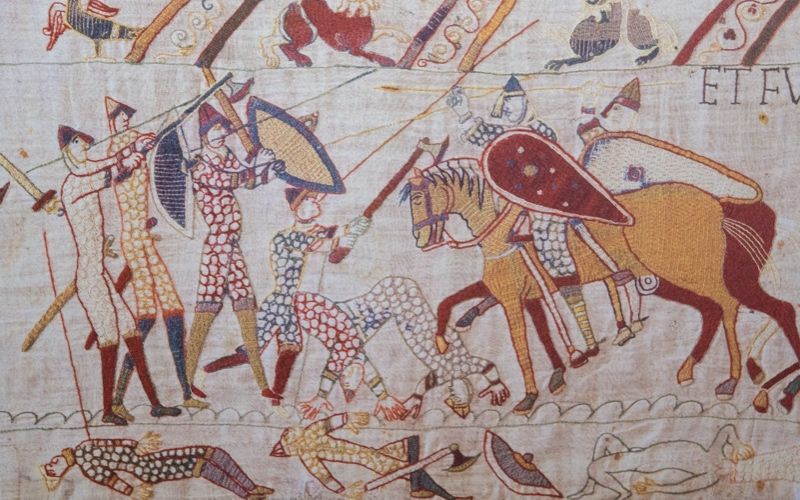

There has been much comment about the Clameur de Haro after it was recently invoked in a case that went before the Royal Court, the result of which is due to be appealed tomorrow. But what is it? And is it still relevant in the modern world?
BCR Legal Assistant Benjamin Atkins delves into its history…
The Clameur has its origins in the Norman customary law of the Island. Where an owner or occupier of immovable property (known as the 'criant') perceives an appert périle (an apparent peril of a wrongful act) menacing his peaceful possession of the immovable property in question, he is entitled to call upon the ancient Duke of Normandy, Robert I (known as 'Rollo') to assist him. This is the Clameur. Raising it is pretty dramatic.
The criant, in the presence of two witnesses and the person committing (or about to commit) the wrongful act, must drop to his knees on the land in question, remove any hat he may be wearing, clasp his hands together, and cry out “Haro! Haro! Haro! À l’aide mon Prince! On me fait tort” (“Haro! Haro! Haro! Help me my Prince! I am being wronged”).

Pictured: The Clameur is effective immediately and remains in palce until the Royal Court rules on the matter.
As soon as the Clameur is raised the person doing (or about to do) the wrongful act must cease immediately. The Clameur operates as an immediate interim injunction, breach of which is a contempt of court. Even if raised erroneously, the Clameur will still be effective unless and until the Court rules otherwise. This is a formidable legal weapon to deploy, but those who do so should be careful.
As with the recent case before the Court, where the Clameur is raised incorrectly, the criant may be fined and may also be liable to pay the costs of the other party.
The fact that the Clameur has survived for so many centuries, and that it remains good law, is a testament to its relevance. Whilst it is true that the Clameur is not raised very often, this underlines its importance as an action of emergency, where the criant has no other options available to him.

Pictured: Benjamin Atkins, BCR Legal Assistant.
It is unsurprising that it is little used because in the modern world there are usually alternative actions which can be pursued – whether alternative legal action, reasonable remonstrance with the other party, or the intervention of the Police. But it is the immediacy of the impact of raising the Clameur which keeps it a relevant and powerful tool for the citizens of this island.
As a last resort, to appeal directly to the power of the Duke to intervene and protect you, is an action which is important, powerful and useful, not simply a charming remnant of Jersey’s unique legal and cultural heritage.
Clameur de Haro raised for the first time in 20 years